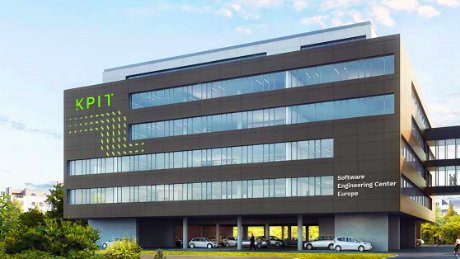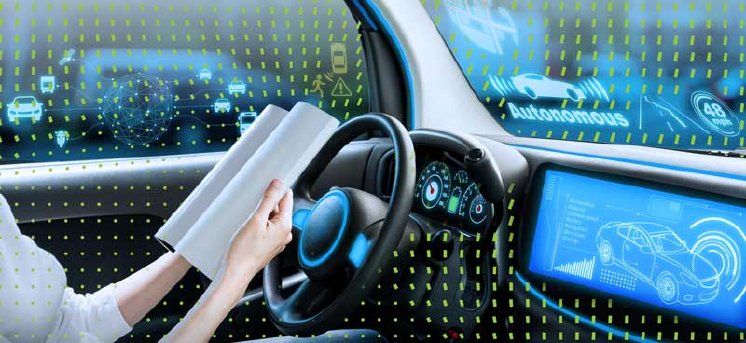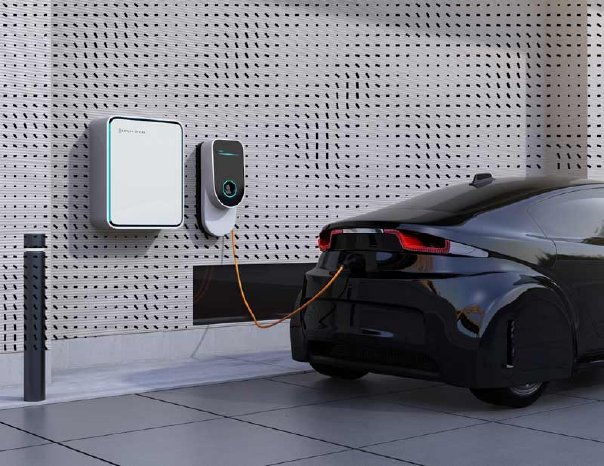Witschaftsforum: KPIT Technologies can look back on a history of more than 30 years. How did you develop into a leading software supplier for the Automotive industry?
Sachin Tikekar: The company was founded in the early 1990s as a software developer for various industrial sectors. We have long developed software for manufacturing companies and as a part of a joint venture with Cummins, we began to focus exclusively on the Automotive industry.
In 1999 we became a publicly listed company and started to build our global presence, first in the US and later in Europe, Japan and China. It has always been our focus to have a local presence in our international markets and for the last two decades we have been honing our expertise on the software inside a vehicle- we had put our bets long back on the ongoing transformation of a vehicle changing from being a hardware on wheels to a software centric – electronic device on wheels. Today, we offer our customers from the Automotive industry software solutions in the areas of autonomous driving, connected vehicles, electric and conventional powertrains, vehicle diagnostics, AUTOSAR and vehicle development and design.
Wirtschaftsforum: What goal drives you?
Sachin Tikekar: Our Vision is to be a partner with our clients to break new ground by reimagining mobility for a cleaner, safer and smarter world. We have 4 key pillars around having
- strategic partnerships with select clients
- developing best in class technology solutions,
- being the best place to grow for the people who are passionate about reimagining Mobility – all this backed by
- a strong culture of excellence and zero-defect delivery. We are driven by helping our customers achieve their vision for developing best in class automotive and mobility solutions. We work closely with our clients and alliance partners by keeping their best interest at heart and helping them achieve their goals towards a safer, cleaner, and smarter world.
Sachin Tikekar:
We are at the cusp of a revolution. The future of mobility is being fueled by three key technology-driven disruptive trends: electrification of vehicles, connected & autonomous vehicles, and Mobility-as-a-Service. By 2030, many vehicles are expected to be electric. In the field of autonomous driving, fully self-driving cars technology will be possible in the next five to ten years, but infrastructure and consumer willingness to accept will determine adoption. Industry and public authorities working in tandem can accelerate the revolution. The impact will be significant – on better air quality, the way we live and and how we live, in reduction of accident rates and deaths on the road, goods and services being delivered in a more efficient manner. Hopefully a better world for all of us!







